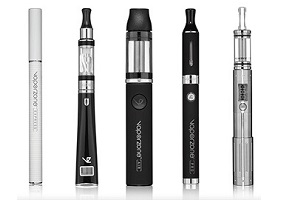More than likely, if you are a beginner, you will be buying a violin secondhand. Purchasing the cheapest one you can find is not always the wisest decision. Neither, can be buying the most expensive one, like an antique Stradivarius. A beginner needs a good quality student violin. Later, if you remain serious about playing, you can “trade-up”.
Never buy a violin over the internet. You should touch it, see it, and play it first. If this will be your first instrument and you do not yet know how to play, take along your instructor or someone who has been playing a while and knows what to look for when buying a violin. They will be able to tell if it is well made instrument and has a good tone. Not all eastman violins are made well, and if you are a beginner, learning on an instrument with good tonal quality makes all the difference.
Before you venture out, even if you are taking along an expert violinist or music teacher, learn as much as you can about the violin first. That way, you will be knowledgeable about the various parts of the violin. You will be able to look at the scroll, the neck, the strings, etc.
Just like a car, there are different makes and models of violins. Today, there are cheaper, mass-manufactured violins. Only the most expensive are handmade anymore, and few can actually afford them. A good manufactured one should run around $300 – $500 for a student quality. You may find one for less at a private sale or pawn shop, but buying from a reputable music store may be the best option. Some even have a 30 day trial policy.
The manufacturer and price is important, but there are other factors to take into consideration when buying a violin.
-
- Be sure the tone (accuracy of what a C major or D minor should sound like, for example) and the power (acoustic strength) are excellent.
-
- Find out the history of the instrument. Did their high school daughter play it for three years and give up last summer before heading off to college? Has it been sitting in Great Aunt Betsy’s dank basement for thirty years?
-
- Look at the overall condition of the wood.
-
- Check out the case. Is there sign of water damage, mildew, etc?
-
- How long has it been in the store or pawn shop and can you speak with the previous owner?
-
- Ask if you can put down a deposit and have it examined by an expert.
- See if the instrument comes with a written appraisal.
Violins come in different sizes. So, much like clothes, one size doesn’t really fit all. While most adults play a full-sized violin (4/4), if you are petite or have small, short fingers, a child’s size such as a 3/4, or 1/2 may be appropriate for you. Violins even come in a 1/16.
How do you decide the right size for you? Place your left jaw on the chin rest. You should be able to comfortably hold the scroll in your left fingertips, without it touching your wrist and by only slightly bending the elbow. It should, “feel right” to you in this position.
What about renting a violin instead of buying one? If you are not sure you will be a serious violinist, renting a student violin of good quality, tone and power is a viable option.
There are reputable music stores which cater to students and rent out instruments, whether month to month, semester to semester, or year to year.
- Expect to pay a bit more and to be asked to put down a damage deposit.
- Take out an insurance policy.
- Make sure you read all the fine print of the rental agreement first.
- See if there is a penalty for returning the instrument before the rental period is up.
- Determine if the rent can go towards the purchase of the instrument, should you change your mind and wish to buy the violin.
Finally, only test out your violin with a superior bow. A great violin can still sound scratchy without a good, properly rosined bow. Be sure to purchase a bow of fine quality before buying a violin.






